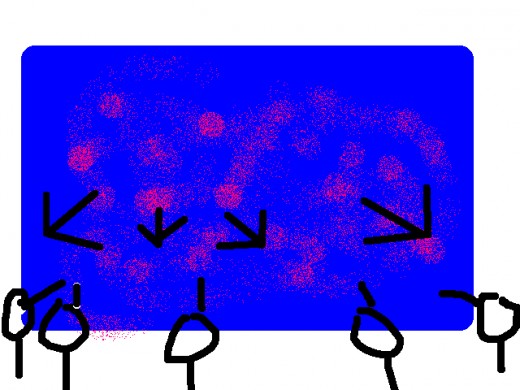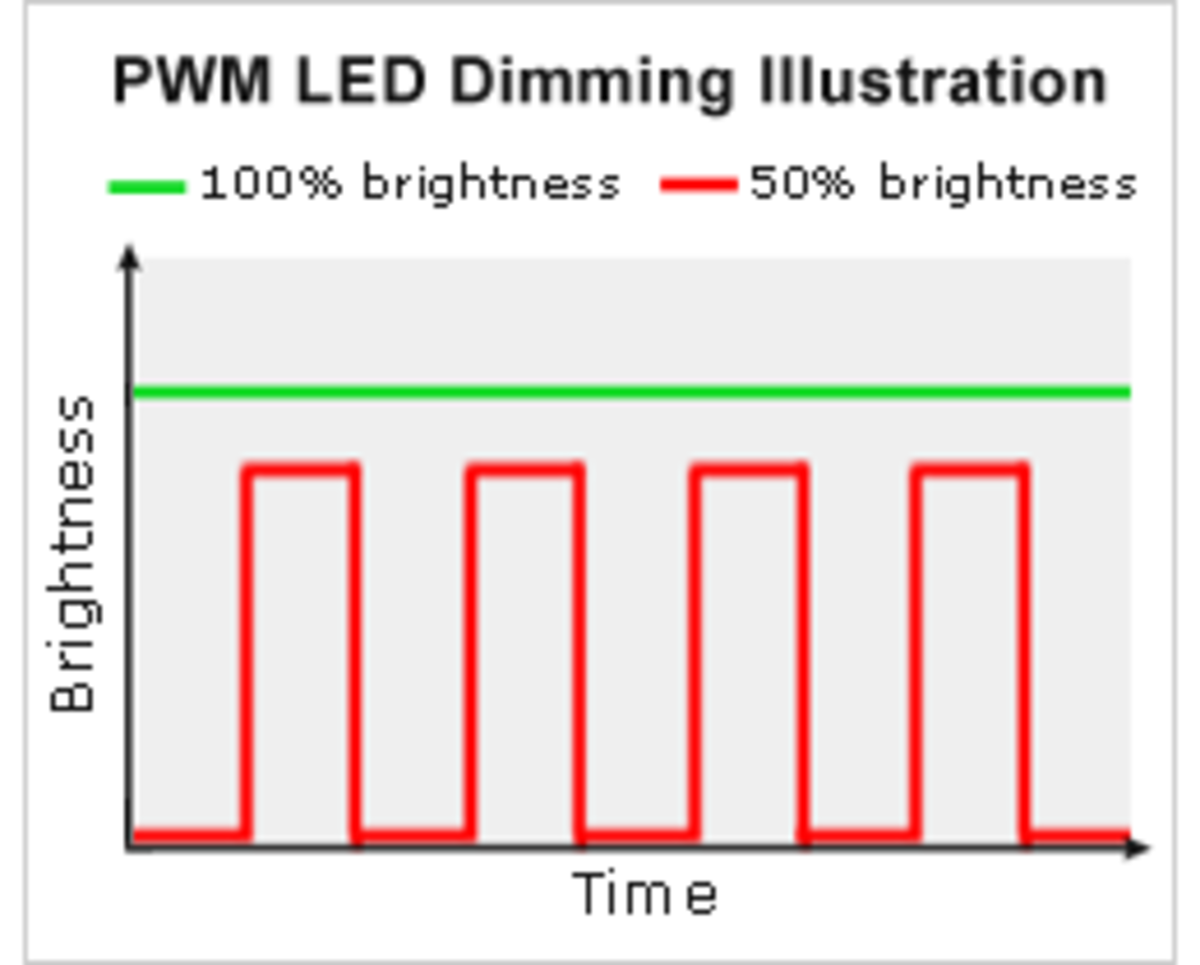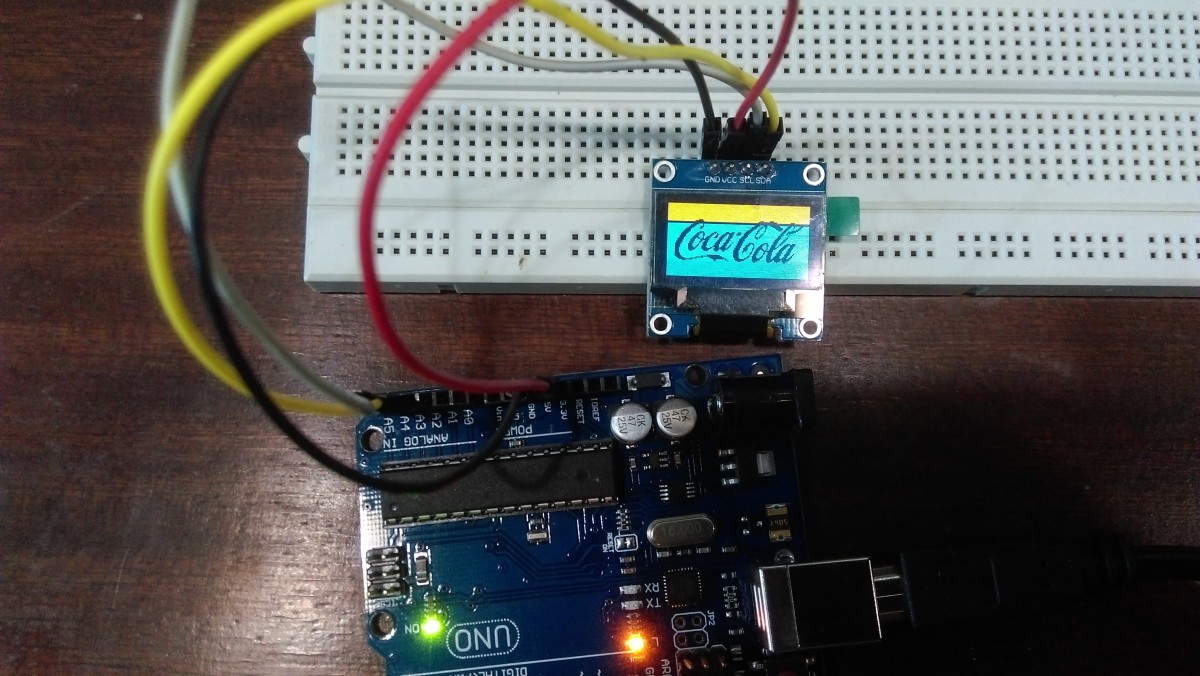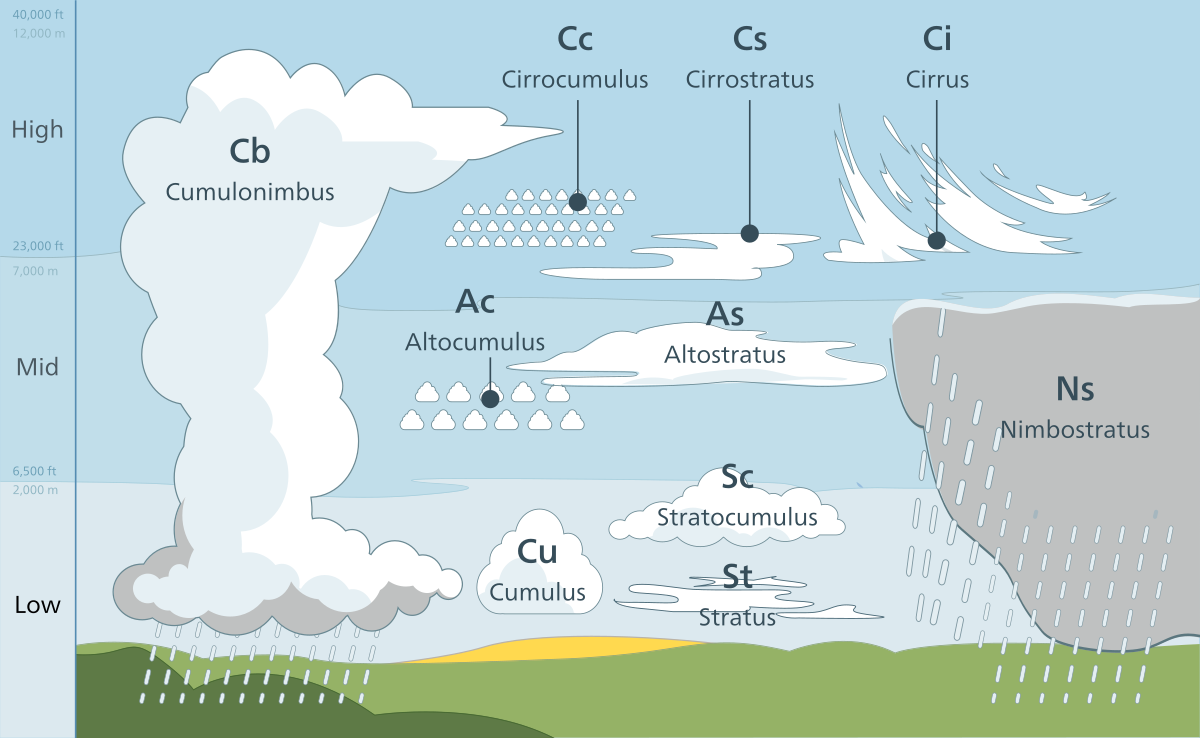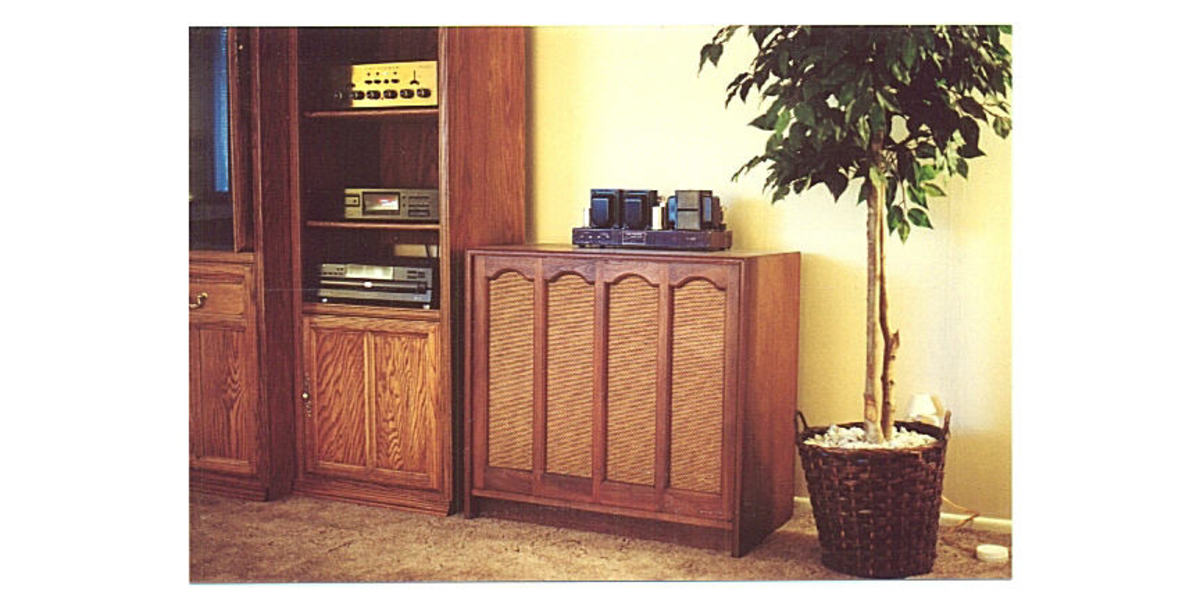Screen Displays and Types
Welcome
In this article, you will be informed of different types of screen displays, the ups and downs of each one, and relevant information.
I will name and describe a few of the main screen displays and types used today:
Cathode Ray Tubes (CRT)
Liquid crystal display (LCD)
Plasma
Lenticular
Active Matrix Organic Light Emitting Diode (AMOLED)
Light emitting diode (LED)
In Plane Switching displays (IPS)
E-ink
CRT
Cathode Ray Tubes were used for the first versions of TV screens and old computer monitors, and is surprisingly still very popular today. This is mainly because of its useful reliable features. It features a curved display allowing viewers to see a picture from any angle without the colors blurring together. Another description I have heard used is ‘vibrant and crisp’.
They come in limited sizes, and are very bulky and thick (not practical for a laptop or portable device), and produce glare that causes irritation. The cathode rays can also burn the screen, so somebody came up with screen savers, which automatically simulate moving colors to stop the still image displayed burning permanently into the display. We still have these today, although they are not needed any more.
The reason they are bulky and thick is because to increase the screen width you must increase the length of the tube in order to give the gun room to reach every phosphor atom on the screen. Not practical for small rooms!
CRT’s work by having different colored cathode rays projected onto the back of the screen. A gun fires a beam of electrons within a glass tube. The electrons ‘excite’ phosphor atoms across the screen which light up. The image shown is produced by lighting different areas of the phosphor covered screen with different colors at different intensities.
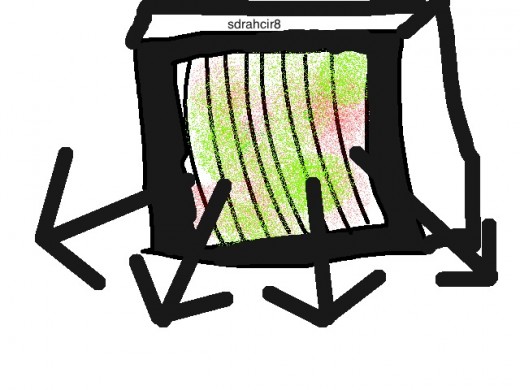

LED
Light Emitting Diode is the most popular type of screen display, although not as sharp or long lasting as cathode rays. Extremely slim and lightweight makes them the number one choice for companies making thin portable devices. They only remain in viewing condition for about 5 years, then the screen starts to dim. LED screens start to appear dim and blurry when viewed from a certain distance or angle unless IPS is built in-more on that later.
Also the screen blurs due to speedy objects moving across the display. The energy consumption used up by LED is by far greater than cathode rays
When a light emitting diode is switched on, electrons are able to recombine with electron holes within the device, releasing energy as photons. This is what apple have to say about their led backlit displays:
Full brightness and no waiting. That’s the big advantage of the LED-backlit iMac display. Unlike most displays that take time to warm up before they reach maximum brightness, an LED backlit display is instantly on and uniformly bright. Led backlighting also gives you greater control over screen brightness. You can finely tune the iMac display to suit the ambient light in even the dimmest room.

Plasma
Plasma displays are probably overall the most expensive display there is. They don’t produce glare and are better than CRT’s making them more popular with people. Large in size and expensive, they are something to boast about, but they only work for about 2-3 years before they need replacing, though I wouldn’t worry, the next big thing will be out by then!
Basically, a plasma is a gas made up of ions and electrons which are free flowing. In a plasma with an electrical current running through it, particles which are negatively charged rush toward the area which is charged positively, and the positively charged particles rush toward the area which is charged negatively. Doing so, in an excited rush, particles bump into each other all the time. This bumping cause gas atoms in the plasma to release photons of energy. Neon and xenon atoms, that are also featured in plasma screens, release light photons.
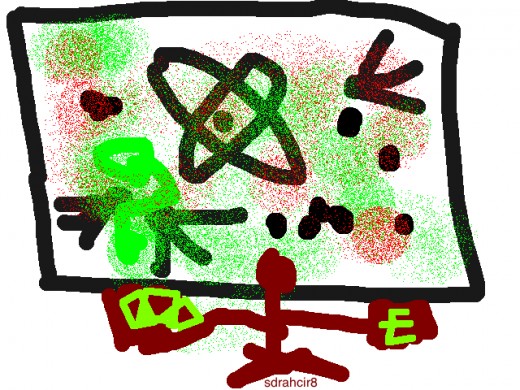
Lenticular
Lenticular displays are known for their use in the 3DS. They allow the image to be 3-dimensional (or commonly known as 3D), without the need for 3D glasses!
For this to work, the display needs to be coated with lenticular film. Lenticular lenses are special lenses on one side of the lenticular film. The screen displays two sets of the same image, each from slightly different angles. The lenses direct one of each image to each eye. The right eye sees one of the images, and the left, the other, instead of them both seeing one on the screen. Your brain puts these two images together and interprets them as a 3D image.
This is similar to red / blue 3D, where two images of the same thing, but each from a slightly different angle, are laid on top of each other, one slightly tinted red and the other blue. The glasses have a red film over your right eye and a blue film over your left eye. The red film only lets the red image through, absorbing the blue, and the blue film does the opposite. This allows your brain to receive a 3D image.
When you see, you see through two eyes. This allows your brain to get two images, one from your right eye, which can see slightly from another angle to your left. Now, lenticular displays allow screens to do the same thing. The future is comin’ quickly!
One bad thing about Lenticular displays, is that your head has to be in exactly the right position for both the eyes to receive their own image, so if you move your head slightly to the left, then the image may appear blurry, so this means the content on the screen cannot be shared in 3D with friends looking over your shoulder egging you on to win the game.
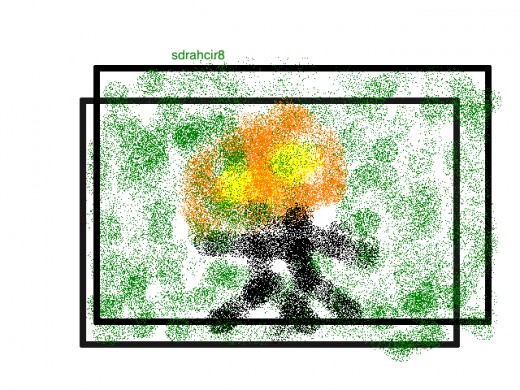
AMOLED
AMOLED is a spin off from LED (light emitting diode). It stands for Active Matrix Organic Light Emitting Diode. Active Matrix (AM) OLED displays stack cathode, organic and anode layers on top of another layer that contains circuitry. The pixels are defined by the placement of the organic material in a continuous, discrete dot pattern. Each pixel is activated / deactivated directly. AMOLED pixels switch on and off four times faster than the speed of motion picture film. This makes these displays ideal for fluid, full motion video, reducing blurring when fast objects move across the screen.
The active matrix part is the matrix of cathode, organic and anode layers.
IPS
IPS stands for in plane switching. On your laptop, you may (or may not if it is an apple product) notice that your screens colors appear washed out when you view your screen from a different angle. With IPS you can share your display with friends and have a wide viewing angle of about up to 178 degrees.
